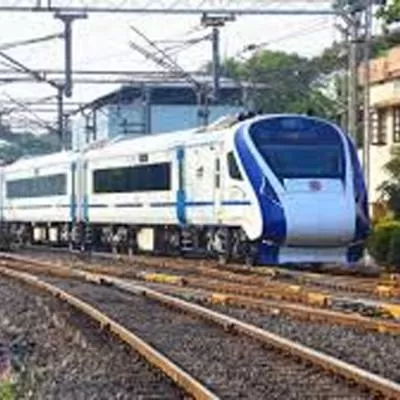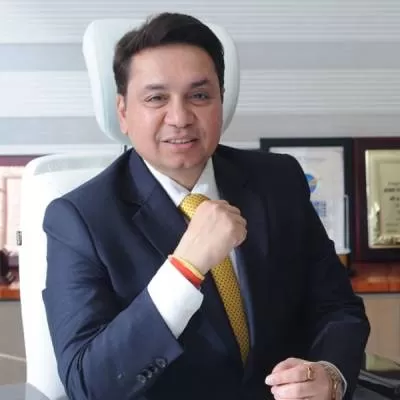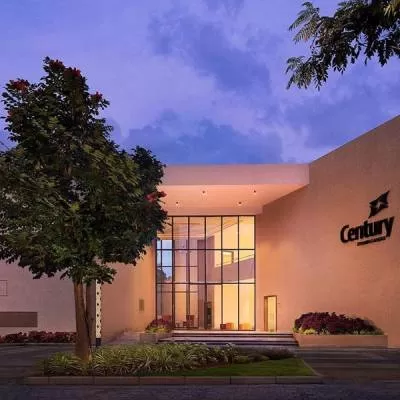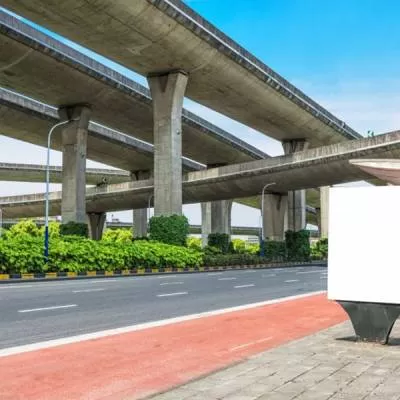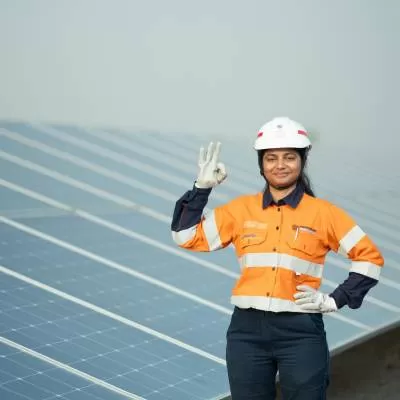Schedule a Call Back
Metro Luck-Now
2019-03-01

The 23-km stretch of Lucknow Metro?s North-South Corridor will reduce travel time by 50 minutes.
The ?City of Nawabs? is speeding up!
Lucknow Metro recently completed the successful load testing of the 22.878-km-long stretch from the Chowdhary Charan Singh International Airport to Munshipulia of the North-South corridor and has also started its trial run. The metro work was completed in February, ahead of the initial deadline of April 2019, and the stretch is expected to be operational in March.
?We faced uncountable challenges throughout the construction phase,? says Kumar Keshav, Managing Director, Lucknow Metro Rail Corporation (LMRC). ?But the entire team faced them with strong determination along with the continuous hard work, day and night.?
Benefits and facilities
Currently, it takes around 90 minutes to reach Chaudhary Charan Singh Airport from Munshipulia. With this route being operational, the distance will be covered in just 40 minutes. The stretch will have 21 stations. Each metro station has four elevators and four escalators, except the Amausi and Mawaiya station, which has three elevators and escalators, and Singar Nagar, which has two. In the underground section, Sachivalya Metro Station has five escalators and four elevators and Hazaratganj has six escalators. Apart from basic amenities in place, such as air-conditioning, CCTV cameras, free Wi-Fi, drinking water and effective public information systems, LMRC has made special planning and arrangements to cater to the needs of differently abled passengers. ?Lucknow Metro is also unique for its public information display system,? says Keshav with pride.
For the safety of commuters, LMRC has used fire-retardant materials, fire and smoke detection and protection, the use of emergency communication facilities and CCTV cameras.
Construction techniques
Lucknow Metro?s structures have been designed to sustain for at least 100 years. ?Considering this, the project employed high-quality materials in its construction, which include best-grade cement, virgin steel and building blocks,? shares Keshav. ?These were procured from primary manufacturers directly approved by the government.? Major equipment such as piling rings, D-wall grab and heavy and lightweight cranes were used in the construction phase. And for underground work, the project employed man lifters, TBMs, Poclain long-boom escalators and specially designed trucks, among others. Besides, LMRC used technologies such as the precast technique, launching a special 60-m span by push technique, and cantilever construction (CLC) in the construction of this stretch. In fact, apart from this, LMRC has also executed a 60-m special steel span metro bridge at Awadh Rotary. ?This bridge, built at about 13 m above ground, connects both the ends of the metro viaduct to provide special seamless connectivity for metro train operation,? says Keshav. ?It is a rare work done in the capital of Uttar Pradesh.?
Moreover, at Mawaiya railway crossing, LMRC has constructed a special balanced cantilever metro span of 255 m (central span of 105 m; end spans of 75 m each). This is one of the most challenging and critical jobs, executed at 21.5 m above ground while passing over a railway crossing at a 15.2-m height from the ground level under extremely difficult situations in the middle of the traffic-heavy main road. Also, along the same lines, Lucknow Metro has constructed a 177-m CLC span at Gomti River, which is considered to be one of the fastest completed spans over a river in India.
Eco-friendly construction
LMRC?s metro stations and depot have been designed and built as green buildings in accordance with the standards of the Indian Green Building Council. Other initiatives undertaken, as Keshav elaborates, include regenerative braking in the trains, which will result in saving 30-35 per cent of traction energy; use of 1 per cent criteria for underground stations in the air-conditioning system; variable VVVF drives for all lifts and escalators; LED lights at all stations and in trains; energy-efficient equipment for the environmental control system and tunnel ventilation system for the underground stations; a 1-MWp capacity solar roof plant and a waste composting machine at the Transport Nagar depot.
The funding model
The completion cost (including central taxes) of Phase-IA of the 23-km-long North-South Corridor is Rs 68.8 billion, as per the revised DPR submitted to MoUD in October 2013. The project is being implemented on a 50:50 model with equity sharing by the Centre and the Uttar Pradesh Government. Over 50 per cent of the project is being funded through foreign debt from the European Investment Bank (EIB).
Project Details
Total length: 23 km.
Completion date: February 2019.
Total cost: Rs.68.8 billion (Estimated completion cost for Phase-IA ? 23-km-long North-South Corridor).
Project consultant: LMRC.
Tel: 0522-228 8869.
Website: www.lmrcl.com
General consultant: Ayesha.
Tel: 0120-490 8800.
Website: www.ayesa.com;
Geodata. Tel: 011-4707 4108. Website: www.geodata.it/en;
Aarvee Associates.
Tel: 040-4848 3456.
Website: www.aarvee.com
Contracting Agencies: Larsen & Toubro. Tel: 022-6752 5656. Website: www.larsentoubro.com; Gulermak. www.gulermak.com.tr; Tata Projects. Tel: 022-6740 2900. Website: www.tataprojects.com; Systra. Tel: 0129-668 5600. Website: www.systra.in; Alstom.
Tel: 011-6619 6700.
Website: www.alstom.com
Major challenges
Addressing the challenges faced, Keshav says, ?We didn?t cut any trees at the metro depot land; instead, we relocated them to our depot boundaries with the help of heavy cranes. Also, with the help of modern equipment, we detected the position of the gas lines below the ground of the station at Transport Nagar, which further helped us in the piling work here.?
Just a couple of examples of how smart thinking and impeccable execution combined to create another fine chapter of excellence in
India?s mass rapid transport story!


Subscribe Now
Subscribe to our Newsletter & Stay updated
RECENT POSTS
Popular Tags
Folliow us
Related Stories
Hindustan Zinc Saves GHG Emissions Equivalent to Powering 4 Lakh Homes
On Global Energy Independence Day, Hindustan Zinc, India’s only and the world’s largest integrated zinc producer, reaffir...
Gmmco, Caterpillar Host Global Operator Challenge 2025-26
Gmmco, a leading Cat® dealer in India and part of the CKA Birla Group, in collaboration with Caterpillar, has successfully hosted the India leg ...
IRB Infra and IRB Infrastructure Trust post 8 per cent Y-o-Y toll revenue growth in Q1 FY26
IRB Infrastructure Developers, India’s leading and largest multi-national transport infrastructure developer, along with its listed Private Inv...

